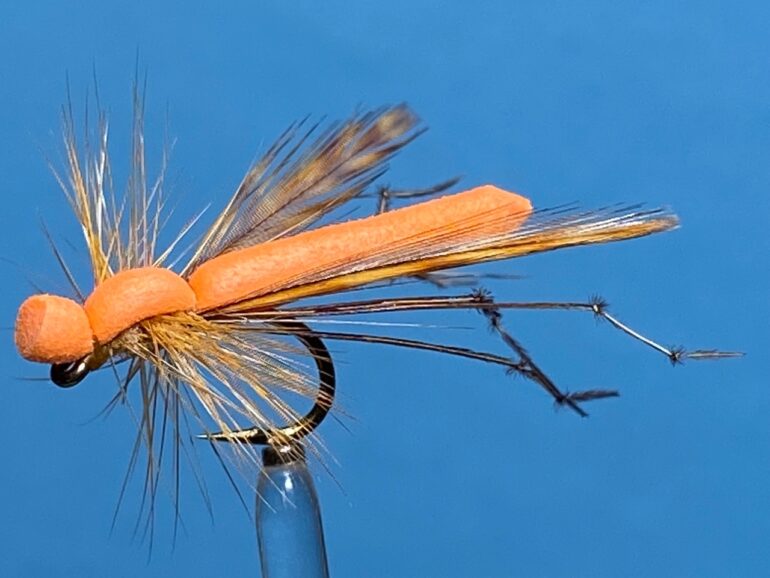
A Fly to Tie & Try in September by Les Lockey 2022
Fly of the Month – September
The Foam Daddy
Hook: Kamasan B110 heavy grub hook, size 10.
Thread: Veevus, 12/0, shade C12, (tan).
Abdomen & Thorax Cover: 2.8mm. orange or tan foam cylinder, trimmed to a point at one end.
Legs: 6 Cock pheasant centre tail fibres, knotted twice.
Wing: 2 Cree cock hackle points.
Hackle: Ginger cock, trimmed below the hook shank, if required.
Thorax: Hare’s Ear Plus dubbing, gold.
TYING
Photo 1. Secure the hook in the vice and starting at the eye, wind on the thread in touching turns to opposite the hook point and remove the excess thread. Trim one end of the foam cylinder to a point.
Photo 2. With the pointed end of the foam cylinder extending rearwards for about an inch, tie in the foam cylinder on top of the shank and make a couple of locking thread turns onto the hook shank in front of the foam.
Follow this by dubbing a small amount of the hare’s ear fur onto the thread and wind it on immediately in front and tight up against the foam cylinder to create a small pad. This should cover the thread wraps under the foam and push the remaining foam into an upright position.
Photo 3. Align the tips of 6 knotted pheasant tail fibres and with the fibres equally divided along each side of the abdomen and extending well past the end of the foam body, tie them in securely and remove the waste fibre stubs.
Photo 4. Align the tips of two Cree hackle points and tie them in approximately the same length as the body. Manipulate the hackle points so they splay outwards in a wide V shape and lock in position with figure of eight thread wraps, then remove the excess feathers.
Photo 5. Using well waxed thread, tie in the cock hackle by its stalk and return the thread to the rear of the thorax.
Photo 6. Dub more dubbing onto the thread and wind on a fairly substantial thorax, stopping about 1mm. from the eye.
Photo 7. Wind the hackle in open turns over the thorax, tie it down securely at the eye, and remove the waste hackle.
Photo 8. Part the hackle fibres on top of the thorax and bring the upright foam forward over the top of the thorax and tie it down securely, finishing off with a couple of locking thread turns in front of the foam and immediately behind the eye.
Photo 9. Apply some varnish to the thread, whip finish through it and cut off the thread. To complete the fly, cut off the excess foam leaving a small stub over the eye.
Tying Tips
- A flat tying thread is less likely to cut through the foam, but always make a couple of locking thread turns onto the hook shank in front of the foam to avoid excess pressure being applied to the foam. If using Veevus thread as in the specification, spin the bobbin holder anticlockwise to flatten the thread whenever tying down onto the foam.
- A small dab of superglue can be applied to the hook shank at the tie in point for the foam body which will help to secure the foam and prevent it slipping round the shank.
- Foam cylinders are widely available from good material suppliers, but I prefer to cut my own using a set of Gunville foam cutters (from Upavon Fly Fishing) and deep blocks of Wapsi high density foam.
- I am convinced that the long legs in this pattern is an important trigger point, so don’t be shy with the length of legs.
- When tying in the wings, I simply align the hackle point tips one on top of the other and tie them straight onto the hook. Once secure on the shank, I separate the points either side of the foam and wind figure of eight thread wraps between the hackle points trapping the wings in place.
- In calm conditions, I trim away the hackle fibres below the shank, so the fly sits right in the surface film.
Fishing Hints
- In Britain, the family of Crane flies, Tipulidae, commonly known as daddy longlegs, rather surprisingly has around 300 species, and although late August to October is generally considered to be the prime daddy longlegs season, they can emerge from the ground at any time of the year, especially in warm, damp conditions. From a fly tying perspective it is interesting to note, that although we as fly tiers regularly go to the trouble of trimming the foam abdomen to a point, this anatomical feature is found only in the females, while the males are square ended.
- Trout initially tend to take some time to lock onto daddy longlegs as a food item, presumably due to their large size, but as numbers on the water increase, they quickly become a favoured food item of the trout, often provoking splashy rises and abortive takes. It is generally thought many of these splashy rises and abortive takes are attempts to drown the fly and prevent it from blowing away, allowing the trout to feed in a more secure and leisurely manner. To combat such behaviour, often the best course of action is to do nothing at all and simply wait for the line to tighten, but this goes against every dry fly angler’s instincts and is very difficult to do, but on many occasions, avoiding the strike when fishing daddies has brought many fish to my net. If you simply have to strike, try slowly muttering “God save the Queen” before lifting your rod.
- In breezy conditions, it is usually best to fish at the top of the wind as this is where daddies are most likely to first hit the water, but in less windy conditions, it is probably best to fish further down wind as daddies will often fly a fair way out onto the water before tumbling on to the surface.
- The foam daddy can be fished as a single dry fly, or as part of a 2 or 3 fly cast, either incorporating other dries, or on the point of a washing line with nymphs or buzzers on the droppers. This pattern floats all day long and on windy days it will help keep smaller dries in or near the surface, however, a weighted daddy is also well worth a try as they regularly get drowned by the waves.
- I tend to use the daddy on the point of a two fly cast with a flat daddy on the dropper. The foam daddy is a really good pattern for bringing fish up to the surface and even if this results in an abortive take, so long as I can resist the overwhelming urge to strike, the same fish will often confidently take the flat daddy on the dropper. Another good option for the dropper is an amber or ginger hopper.
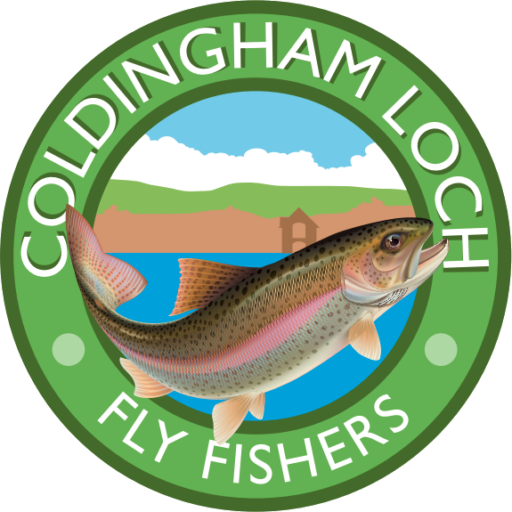

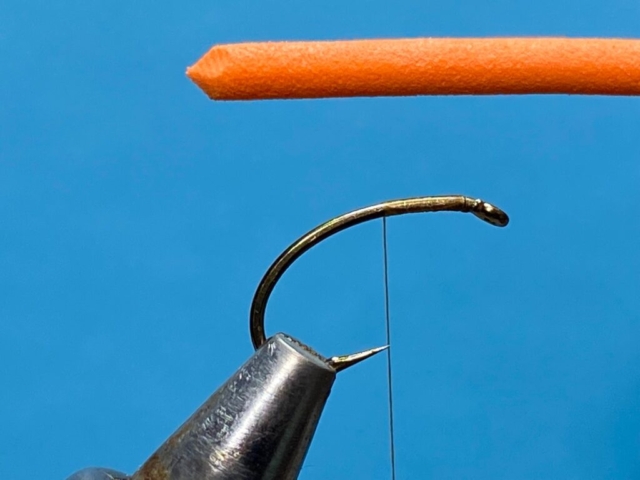



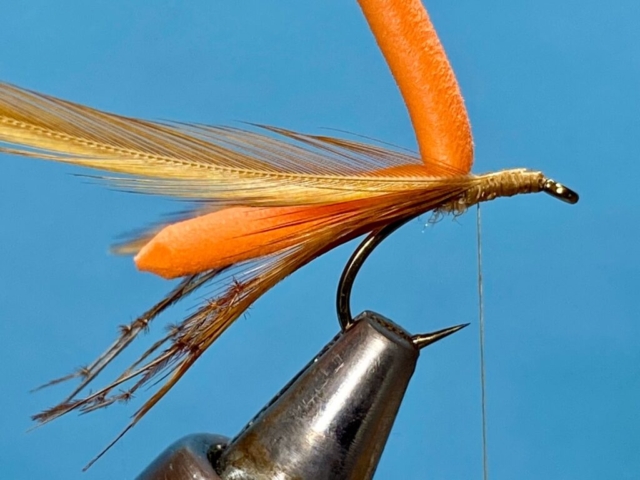

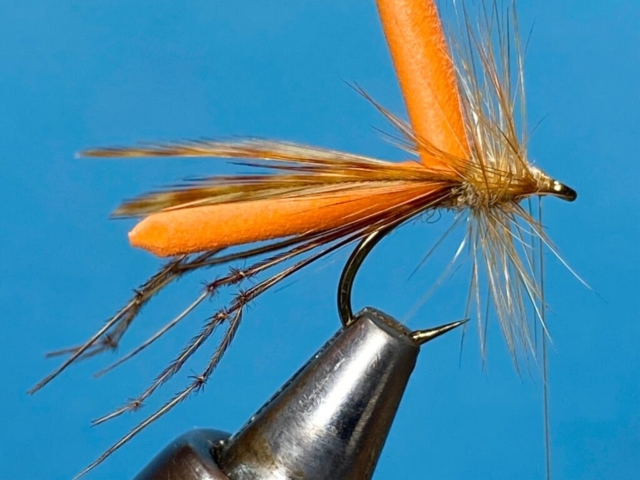
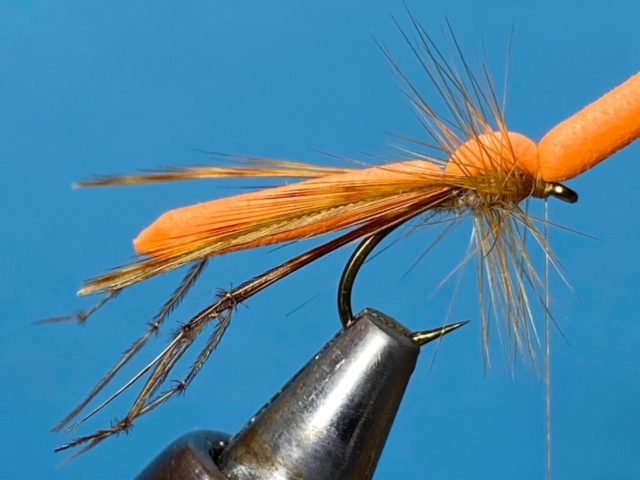
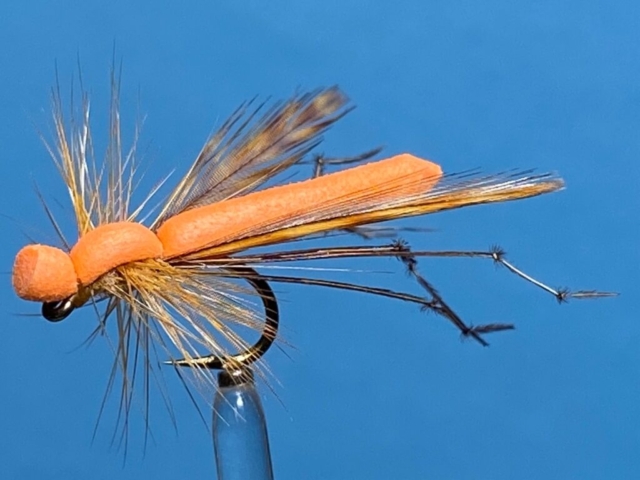

Recent Comments